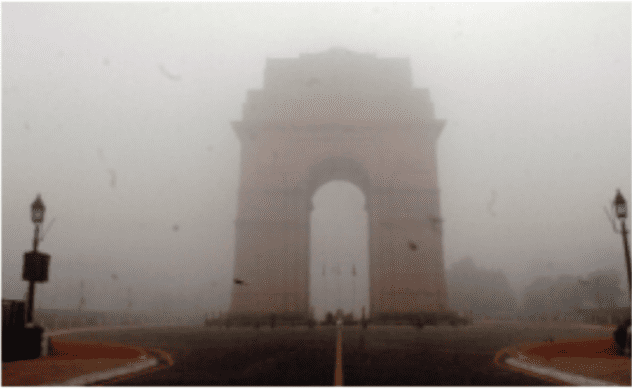
Stubble burning has emerged as a recurring conundrum in North India, as the severe air pollution caused by burning of crop residue in Punjab and Haryana chokes the lungs of the national capital and its surrounding areas. In North India, stubble burning has actually been a major cause for air pollution for years now, and yet despite the massive public health crisis it has caused, the practice hasn’t stopped. The crop residue is burnt in October to clear the land in preparation for the next crop. Despite banning the practice, fining the farmers and pitching alternatives, the toxic fumes still pollute northern India every year, putting the health of millions at risk. It is estimated that farmers burn around 23 million tonnes of paddy stubble annually, mainly because it is the quickest and easiest way to get rid of the residue. However, the process has a lot of harmful effects on the environment, the most obvious being air pollution. The uncontrollable amounts of smoke produced contain toxic pollutants as well as harmful gases including methane, carbon dioxide, nitrogen dioxide, sulphur dioxide and carbon monoxide, all of which are extremely harmful to humans. These gases either turn into a cloud of ash or become smog, which have the ability to travel thousands of kilometres, putting millions of Indians at risk. Several studies have linked air pollution to a range of health issues from eye and skin irritation to severe cardio-vascular, neurological and respiratory diseases. It may even have chronic effects on people with pre-existing conditions. Breathing in this polluted air can give rise to issues like bronchitis, asthma, Chronic Obstructive Pulmonary Disease, cancer, lung capacity loss, asthma, stroke, tuberculosis and coronary diseases. Besides, fine particulate matter (which happens to be present in the smog) alone is responsible for 21% of total deaths in South Asia. Other than its effects on air quality, stubble burning harms soil productivity as well. It raises the temperature of the soil to 42 degrees Celsius, kills the important microorganisms in the soil, and strips it of essential nutrients like nitrogen, potassium and phosphorous, along with other micro-nutrients. Thus the suffering soil fertility and poor air quality together extend their impact on agricultural productivity, with evidence proving how these factors severely affect production. The process of stubble burning is particularly dangerous with regards to climate change. The release of greenhouse gases like carbon dioxide and methane contribute to global warming, an environmental issue that has become particularly prominent in recent years. Stubble burning has become a menacing problem for the environment and a major health hazard for Indians. It is high time that modern and sustainable agricultural practices are adopted with the increasing climate emergency, which is very much possible through effective policies and more importantly, the effective follow up of those policies.
10 Jan 2022
Sophia Navagaonkar